A Comprehensive Guide to Colorado Landscape Ideas
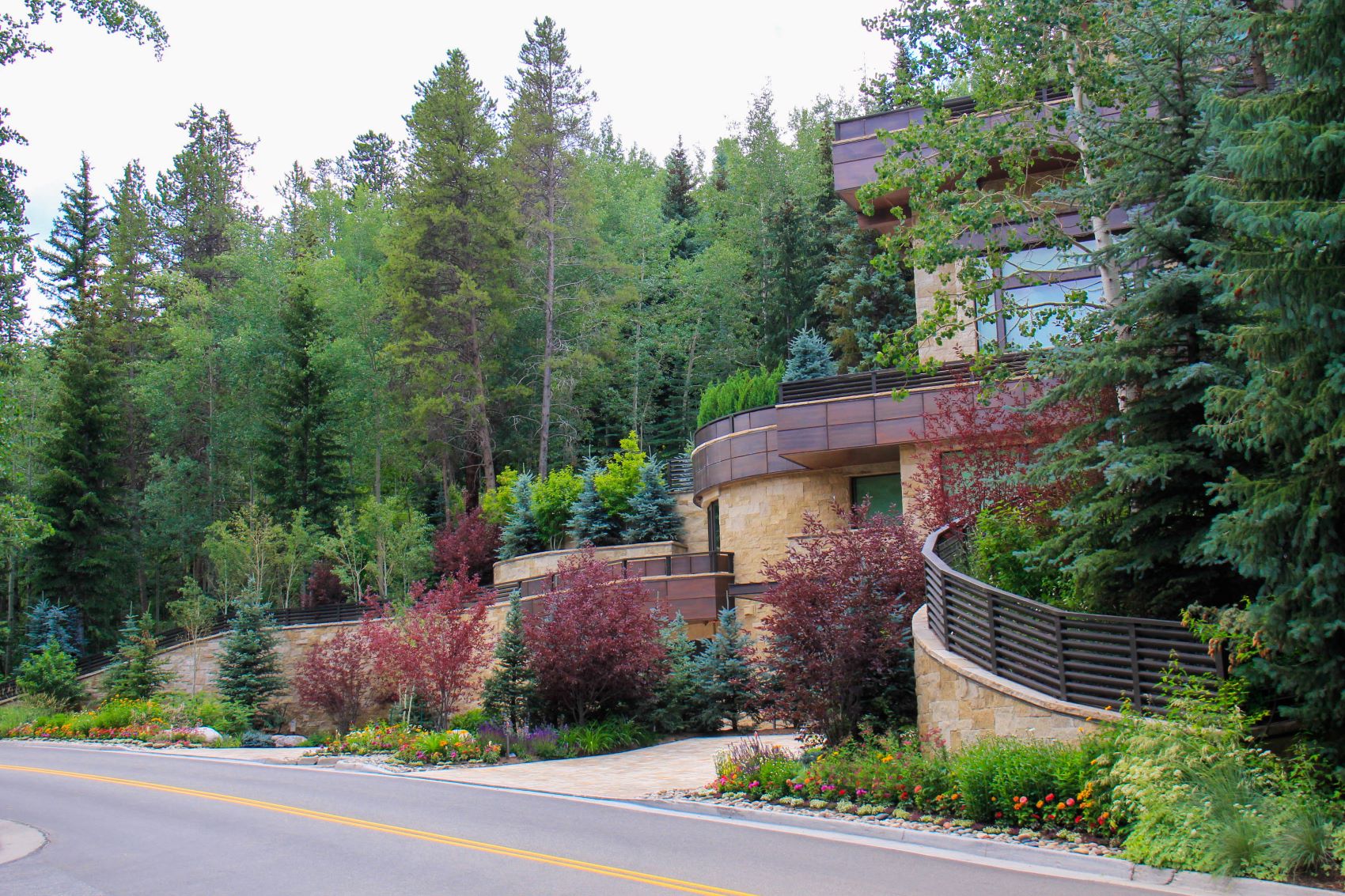
Creating a stunning outdoor space can often feel overwhelming, especially when faced with the unique challenges of Colorado’s diverse climate and geography. Many homeowners struggle to find the right Colorado landscape ideas that not only enhance their property but also thrive in the local environment. The pressure to make the right choices can lead to frustration; the wrong plants or materials can result in wasted time, effort, and resources.
There is a way to transform your landscape into a beautiful and sustainable haven. Understanding the specific conditions of your area, such as soil composition and climate zones, will help you make informed decisions. With the right approach, you can design an outdoor space that not only reflects your personal style but also harmonizes with the natural beauty of the state, ensuring your landscape remains vibrant and inviting throughout the seasons.
If you’re ready to bring your vision to life but aren’t sure where to start, our comprehensive guide to Colorado landscape design is here to help. Packed with expert tips, local insights, and step-by-step advice, it’s your go-to resource for creating a landscape that truly thrives.
Understanding the Colorado Landscape
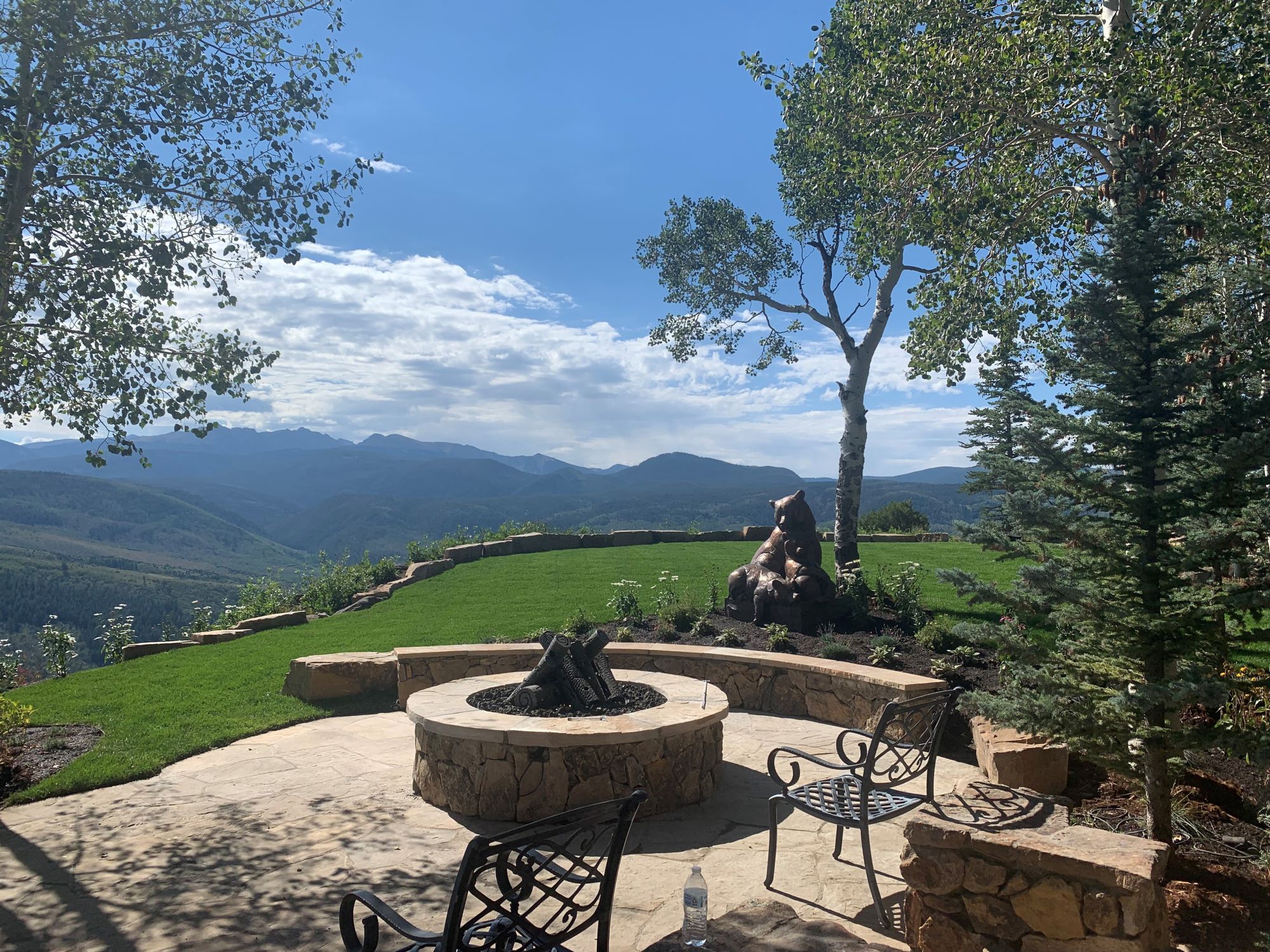
Delving into Colorado’s landscape involves more than just appreciating its beauty. It’s about understanding the complex interplay of climate, geography, and ecology. Each region within the state offers distinct characteristics that can influence your landscaping decisions.
The Unique Climate & Geography
Colorado is known for its varied topography and climate zones, ranging from arid deserts to lush alpine regions. This diversity requires a tailored approach to landscaping, taking into account the specific plant hardiness zones, precipitation patterns, and soil types. A plant hardiness zone map of Colorado can be a valuable tool for selecting the right plants to thrive in your area. Understanding these zones can help guide your plant selection and placement for resilience and longevity.
The climate in Colorado can vary dramatically, even within short distances. For instance, the eastern plains experience hot summers and cold winters, while the mountainous regions have cooler temperatures year-round. These variations make careful planning and plant selection essential. Recognizing microclimates within your property can also be beneficial, as certain areas may be more sheltered or exposed, affecting plant growth and survival.
Apart from the climate, Colorado’s diverse geography offers numerous opportunities for creative landscaping. From the rolling hills and flatlands to the rugged mountains and river valleys, each terrain type presents its own set of challenges and opportunities. Embracing these geographical features in your design can lead to a more cohesive and natural-looking landscape that complements the surrounding environment.
Colorado Plant Identification
Choosing the right plants is crucial for a thriving landscape. Native plants are often the best choice as they are well-adapted to the local climate and require less maintenance. Familiarize yourself with common Colorado plants like the Rocky Mountain columbine, blue grama grass, and ponderosa pine to create a landscape that complements the natural environment.
Incorporating native plants into your landscape design has several advantages. They are typically more resistant to local pests and diseases, reducing the need for chemical treatments. Additionally, native plants often have lower water requirements, which is especially important in Colorado’s arid and semi-arid regions. By choosing plants that are well-suited to the local conditions, you can create a sustainable and low-maintenance landscape.
Beyond native species, consider incorporating drought-tolerant plants that thrive in Colorado’s climate. Succulents, ornamental grasses, and certain types of shrubs can add texture and color to your landscape while minimizing water usage. By diversifying your plant selection, you can create a vibrant and resilient garden that stands out throughout the seasons.
Soil Composition & Preparation
Understanding the soil composition in your area is a critical step in successful landscaping. Colorado’s soil can range from clay-heavy to sandy, each type requiring different preparation techniques. Conducting a soil test can provide valuable insights into nutrient levels and pH balance, guiding your choice of fertilizers and soil amendments.
Proper soil preparation is essential for plant health. This might involve adding organic matter to improve soil structure and drainage or adjusting pH levels to create an optimal growing environment. By taking the time to prepare your soil adequately, you can lay the foundation for a thriving landscape that supports robust plant growth.
In areas with challenging soil conditions, consider implementing raised beds or container gardens. These solutions allow for greater control over soil quality and drainage, providing an ideal growing environment for a wide variety of plants. Raised beds can also add a visual element to your landscape, creating distinct areas for different plant groupings.
Creative Colorado Landscape Design Ideas
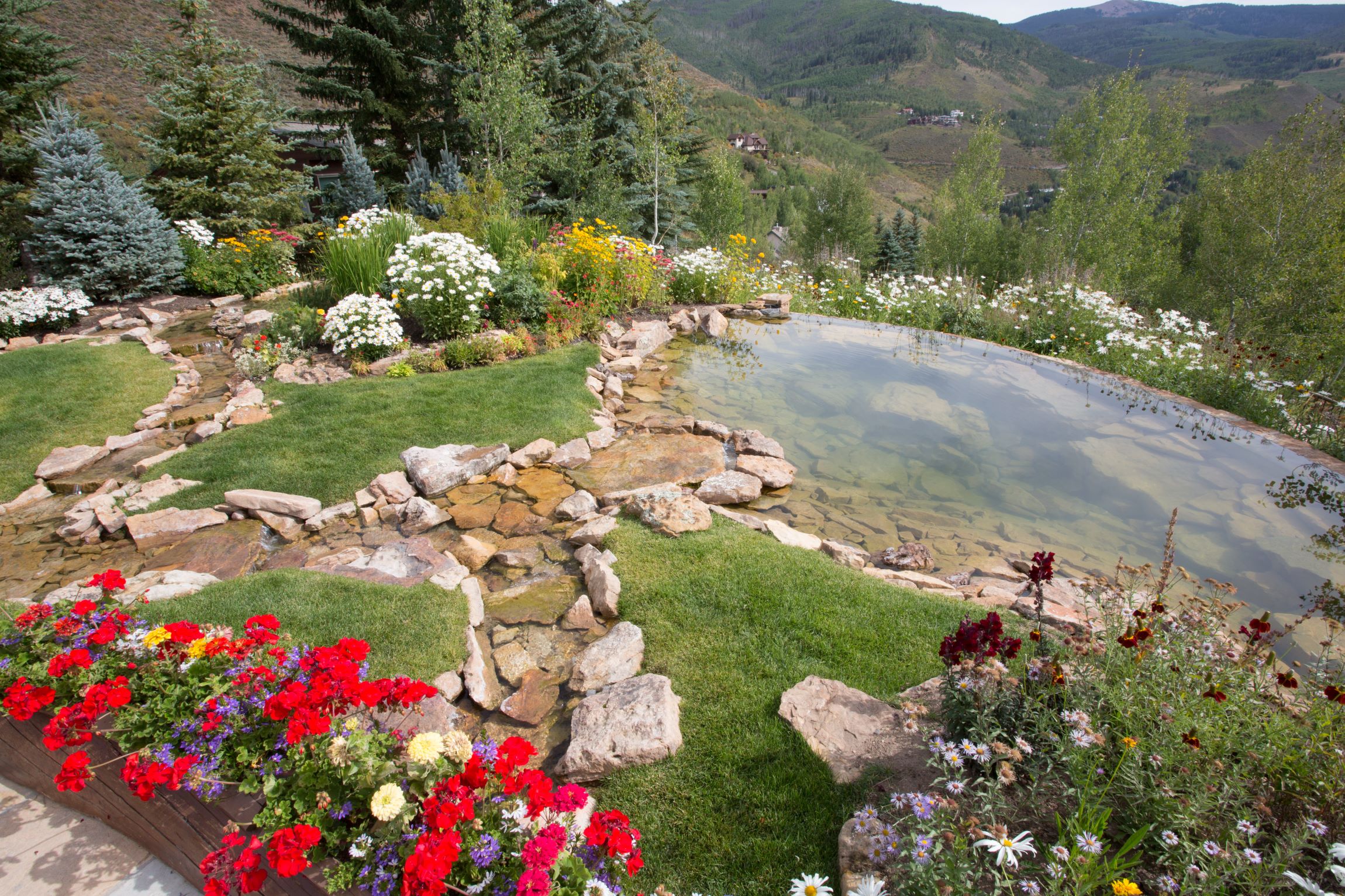
Designing a landscape in Colorado requires creativity and a deep appreciation for the natural environment. By incorporating local materials and innovative design concepts, you can create a unique outdoor space that reflects the beauty of the state.
Colorado Front Yard Landscaping Ideas
Your front yard is the first impression of your home. In Colorado, consider incorporating elements like xeriscaping, which emphasizes low-water-use plants and efficient irrigation systems. Use Colorado river rock landscape features to add texture and visual interest. Incorporating native grasses and wildflowers can create a naturalistic look that is both beautiful and eco-friendly.
Pathways and entryways play a crucial role in the overall design of your front yard. Consider using natural stone or gravel to create inviting walkways that guide visitors to your front door. These materials blend seamlessly with the Colorado landscape, providing durability and low maintenance. Incorporating lighting along pathways can enhance safety and add a welcoming glow to your home.
Another idea for front yard landscaping is to create focal points with carefully selected plants or garden art. A well-placed sculpture, water feature, or specimen tree can draw attention and add interest to your landscape. By creating focal points, you can direct the viewer’s eye and create a sense of balance and harmony in your design.
Ideas for Native Colorado Plants
When selecting native plants for your Colorado landscape ideas, consider incorporating species that not only thrive in the local climate but also attract beneficial wildlife. For instance, the Colorado bluebell and the butterfly weed are excellent choices that provide vibrant color while serving as a food source for pollinators like bees and butterflies. These plants are well-adapted to the region’s varying conditions and can enhance the ecological balance of your garden. By creating a habitat that supports local wildlife, you contribute to the overall health of the environment while enjoying the beauty of native flora.
Another great option is to include native shrubs such as the serviceberry and chokecherry, seasonal beauties that offer a unique aspect to your garden with their stunning blooms and edible fruits. Additionally, incorporating a variety of native plants can create a layered landscape that adds depth and texture, making your outdoor space more inviting and dynamic. By focusing on native Colorado plants, you can create a sustainable and low-maintenance garden that thrives in harmony with the natural surroundings.
Landscape Ideas Colorado Homes Can Use for Backyard Retreats
Creating a backyard oasis in Colorado involves blending functionality with aesthetic appeal. Consider Colorado landscape ideas that include designing outdoor living spaces with fire pits or fireplaces for year-round enjoyment. Incorporate Colorado landscape materials and recycling by using reclaimed wood and stone to give your space a sustainable touch. These elements not only add character but also contribute to a more eco-friendly design.
Incorporating water features, such as ponds or waterfalls, can enhance the tranquility and beauty of your backyard retreat. These features provide soothing sounds and can attract local wildlife, creating a harmonious connection with nature. Consider integrating native aquatic plants around your water features to further enhance their natural look and feel.
Outdoor kitchens and dining areas are another popular trend for backyard retreats. By creating a functional space for cooking and entertaining, you can extend your living area outdoors and enjoy the natural beauty of Colorado while sharing meals with family and friends. Choose durable materials and weather-resistant furniture to ensure longevity and comfort.
Emphasizing Natural Features in Your Colorado Landscape Ideas
Celebrate Colorado’s natural beauty by integrating existing features like boulders, rock outcroppings, and native vegetation into your design. This approach not only enhances the visual appeal but also ensures a harmonious relationship between your landscape and the surrounding environment. By working with the natural elements, you can create a landscape that feels organic and timeless.
Creating terraces or retaining walls with natural stone can add dimension and interest to your landscape. These features can help manage slopes and erosion while providing additional planting opportunities. By using locally sourced materials, you can maintain the authenticity of your design and support local businesses.
Incorporate views and vistas into your design to take advantage of Colorado’s stunning landscapes. By strategically placing seating areas or outdoor rooms, you can create spaces that offer breathtaking views of mountains, valleys, or other natural features. These areas can serve as peaceful retreats where you can relax and enjoy the beauty of your surroundings.
Seasonal Planting in Colorado
Seasonal planting in Colorado is essential for creating a vibrant landscape that adapts to the state’s unique climate. With its diverse elevations and microclimates, Colorado offers a variety of opportunities for gardeners to showcase seasonal blooms and foliage. Spring is an ideal time to plant perennials such as columbine and blanket flower, which not only add color but also attract pollinators. As summer approaches, consider incorporating heat-tolerant annuals like petunias and marigolds to ensure your garden remains lively and colorful throughout the warmer months. By selecting plants that thrive in each season, you can create a dynamic landscape that evolves with the changing weather.
In the fall, it’s important to focus on planting bulbs like tulips and daffodils, which will provide a stunning display in the spring. Additionally, incorporating ornamental grasses can add texture and movement to your landscape as they sway in the autumn breeze. Winter planting may seem challenging, but it’s an excellent time to establish evergreens and hardy shrubs that will provide structure and interest during the colder months. By embracing seasonal planting in Colorado, you can create a landscape that not only looks beautiful year-round but also supports local wildlife and enhances the ecological balance of your outdoor space.
Selecting the Right Materials
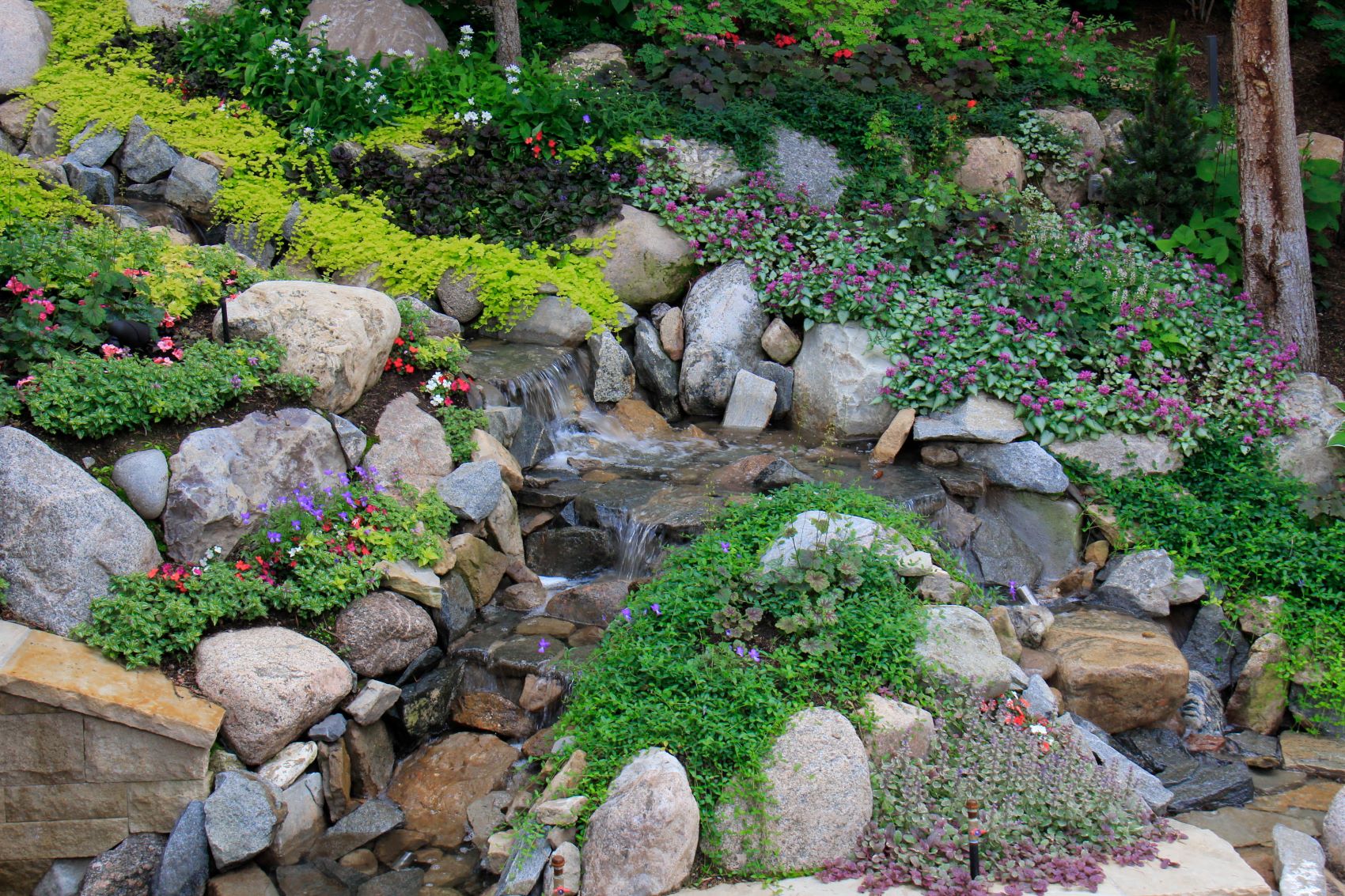
Choosing the right materials for your landscape design is crucial for achieving a cohesive and durable outdoor space. Colorado offers a wealth of natural resources that can be used to create beautiful and sustainable landscapes.
Colorado River Rock and Stone
Colorado’s geological diversity provides a wealth of natural stone options. Colorado river rock is a popular choice for pathways, borders, and decorative elements due to its smooth texture and natural colors. Additionally, consider using locally sourced stone for retaining walls, patios, and other hardscape features to maintain authenticity and reduce transportation costs. These materials not only enhance the aesthetic appeal but also contribute to a more sustainable design.
When selecting stone materials, consider the color palette and texture to ensure harmony with your overall design. The natural variations in stone can add depth and interest, creating a visually appealing landscape that complements the surrounding environment. By choosing materials that blend with the local geology, you can create a seamless transition between your landscape and the natural world.
Using stone in your landscape design also offers practical benefits. It is a durable material that can withstand the harsh Colorado climate, providing a long-lasting solution for pathways, patios, and other hardscape elements. Additionally, stone requires minimal maintenance, making it an ideal choice for busy homeowners or those seeking a low-maintenance landscape.
Sustainable Landscaping Materials
Incorporating sustainable materials is a growing trend in Colorado landscaping. From recycled metal accents to eco-friendly composite decking, these choices not only benefit the environment but also add a modern touch to your landscape design.
Consider using permeable paving materials to reduce runoff and promote groundwater recharge. These materials allow water to infiltrate the ground, minimizing erosion and supporting healthy ecosystems. Additionally, using recycled materials, such as reclaimed wood or recycled concrete, can add character to your landscape while reducing waste.
Colorado Landscape Ideas for Innovative Hardscaping Techniques
Innovative hardscaping techniques can elevate your landscape design and provide unique solutions for challenging spaces. Consider using gabion walls, which are wire cages filled with stones, to create retaining walls. These structures are not only functional but also add a modern and industrial aesthetic to your landscape while allowing for better natural flow of rainwater downhill.
Another innovative technique is the use of living walls or green roofs, which can add greenery to vertical spaces and improve air quality. These features can be particularly beneficial in urban areas where space is limited. By incorporating living walls or green roofs into your design, you can create a lush and vibrant landscape that makes the most of available space. Some homeowners in Colorado like to use these spaces to grow herbs and vegetables!
Consider using lighting to enhance the more striking elements of your landscape. Strategic lighting can highlight key features, provide greater safety in low light, and create ambiance for evening gatherings. By choosing energy-efficient lighting options, such as LED fixtures or solar-powered lights, you can reduce energy consumption and create a more sustainable landscape.
Best Practices for Successful Landscaping Projects
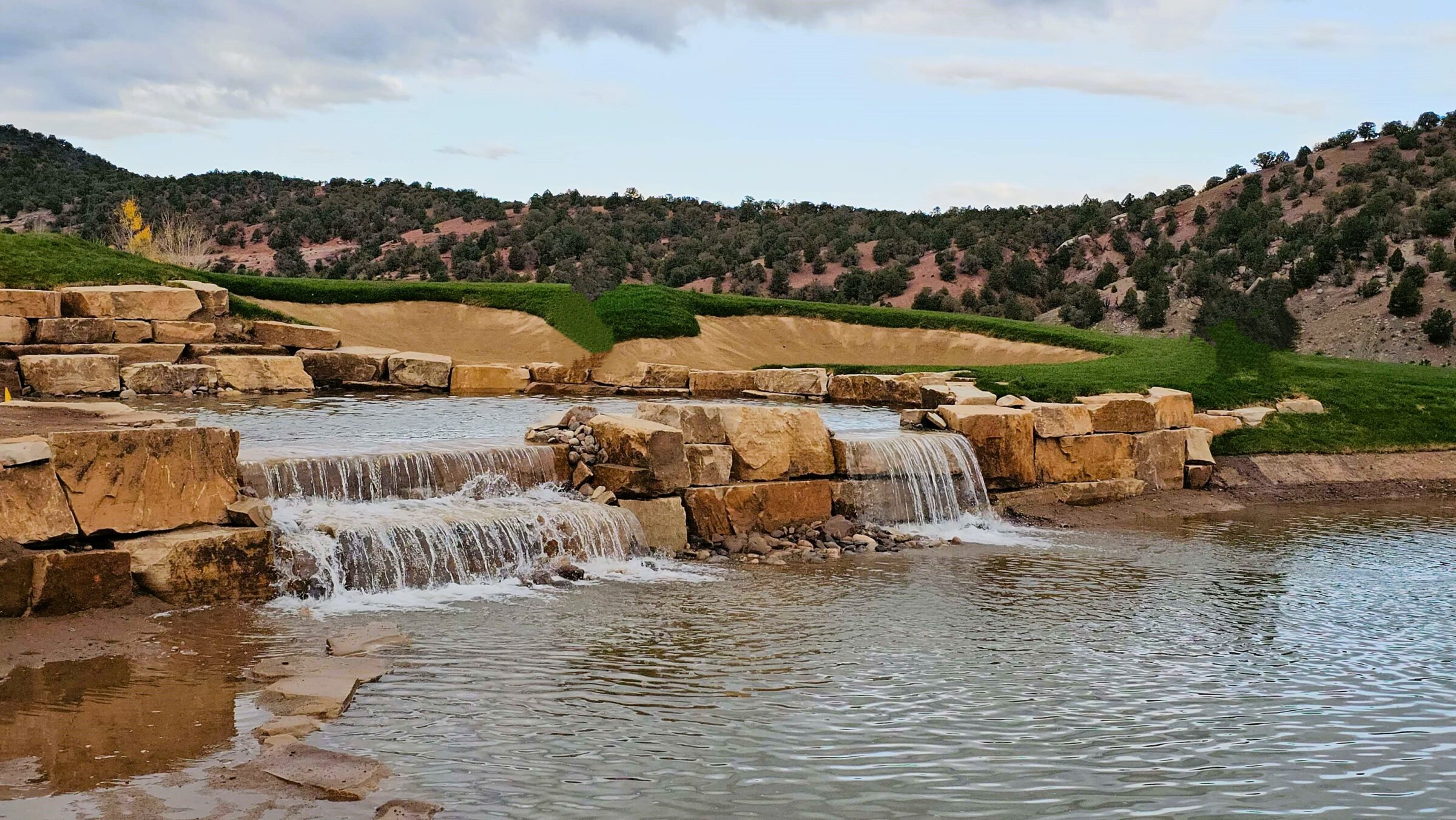
Achieving success in landscaping projects requires a combination of effective communication, in-house expertise, and innovative solutions. Here are some best practices to watch out for so you can tell who can deliver high-quality results that exceed your expectations.
Transparent Communication & Project Management
Effective communication is the foundation of any successful landscaping project. Any professional you work with should maintain open lines of communication with clients, providing consistent progress updates and addressing any potential issues head-on. By doing so, they earn your trust and ensure that the project stays on track. Regular communication also allows for adjustments to be made in real-time, ensuring that the final result aligns with your vision.
In addition to client communication, effective project management involves team members and subcontractors coordinating to ensure a smooth workflow. By setting clear expectations and deadlines, professionals you work with can minimize delays and keep the project moving forward.
Documentation is another key aspect of effective communication and project management. Keeping detailed records of project plans, changes, and communications can help resolve disputes and provide clarity for all parties involved. By maintaining thorough documentation, anyone you partner with can ensure transparency and accountability throughout the project. Don’t leave it to chance, though, be sure to ask about their process.
In-House Expertise & Quality Assurance
Maintaining impeccable quality standards is achieved by performing the majority of the work in-house. Avoiding subcontracting not only ensures consistency but also allows for greater control over a project’s outcome. This commitment to quality sets the benchmark for professionalism and reliability in the landscaping industry. By assembling a skilled team of experts, potential landscaping partners can deliver high-quality results that meet or exceed client expectations.
In-house expertise allows for greater flexibility and responsiveness to project needs. With a dedicated team, your landscaping professionals can quickly address any challenges or changes that arise during the project, ensuring that the final result is delivered on time and to the highest standards. This level of control and attention to detail is crucial for keeping you, the client, satisfied and building a strong reputation in the industry.
Quality assurance is an ongoing process that involves regular inspections and assessments throughout the project. By implementing rigorous quality control measures, landscaping professionals can identify and address any issues before they become significant problems. This proactive approach not only ensures a high-quality outcome but also builds trust and confidence with you, the client.
Innovative & Efficient Solutions
Innovation and efficiency go hand in hand for landscape design. Embracing new technologies and design trends creates functional, visually striking spaces. Whether it’s incorporating smart irrigation systems or utilizing advanced design software, staying at the forefront of industry advancements will ensure projects stand out.
Smart technology is revolutionizing the landscaping industry, offering new ways to manage and maintain outdoor spaces. From automated irrigation systems to remote-controlled lighting, these technologies provide convenience and efficiency, reducing maintenance requirements and improving sustainability. By incorporating smart technology into your designs, you get modern and efficient solutions to enhance your outdoor living experience.
Efficiency also involves optimizing resources and minimizing waste. By implementing sustainable practices, such as recycling materials and reducing water usage, your contractors can create landscapes that are both beautiful and environmentally responsible. Additionally, by streamlining workflows and improving project management processes, they can reduce costs and deliver projects quickly and efficiently.
Ready to Bring Your Colorado Landscape Ideas to Life?
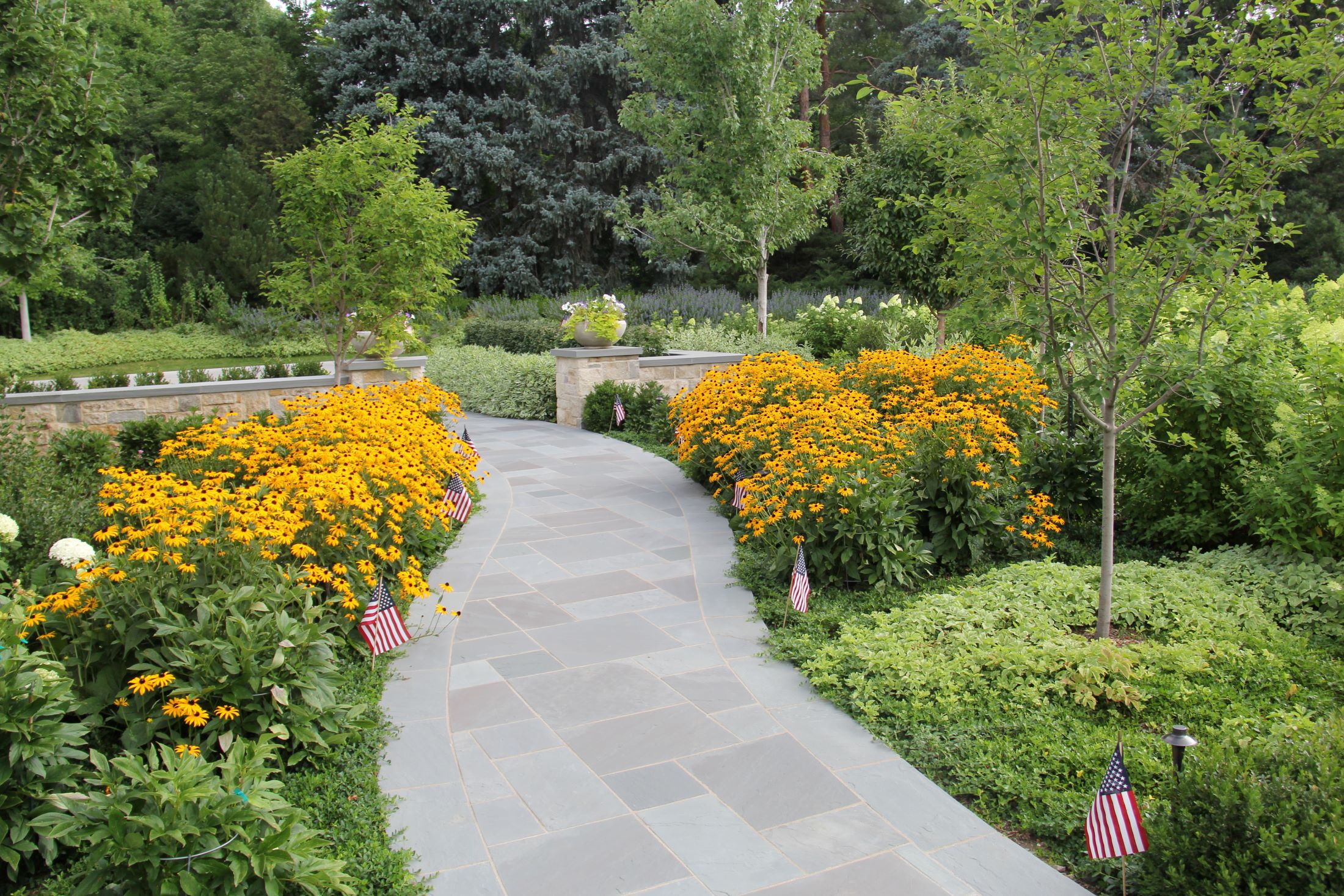
Colorado landscaping is more than just design—it’s a creative process rooted in understanding, vision, and collaboration. With the right approach, you can craft outdoor spaces that celebrate the region’s natural beauty while meeting your personal or professional goals.
Whether you’re starting from scratch or reimagining an existing space, this is your go-to guide for making informed, inspired decisions. From native plants to smart irrigation and sustainable materials, each choice brings you closer to a landscape that’s not only stunning but built to last.
Let Rocky Mountain Custom Landscapes help you turn your vision into reality. Our team is passionate about partnering with clients across Colorado to create breathtaking outdoor environments—spaces that reflect your style, respect the local environment, and exceed expectations.
Request a consultation with our design team today to get started—your dream landscape awaits.
